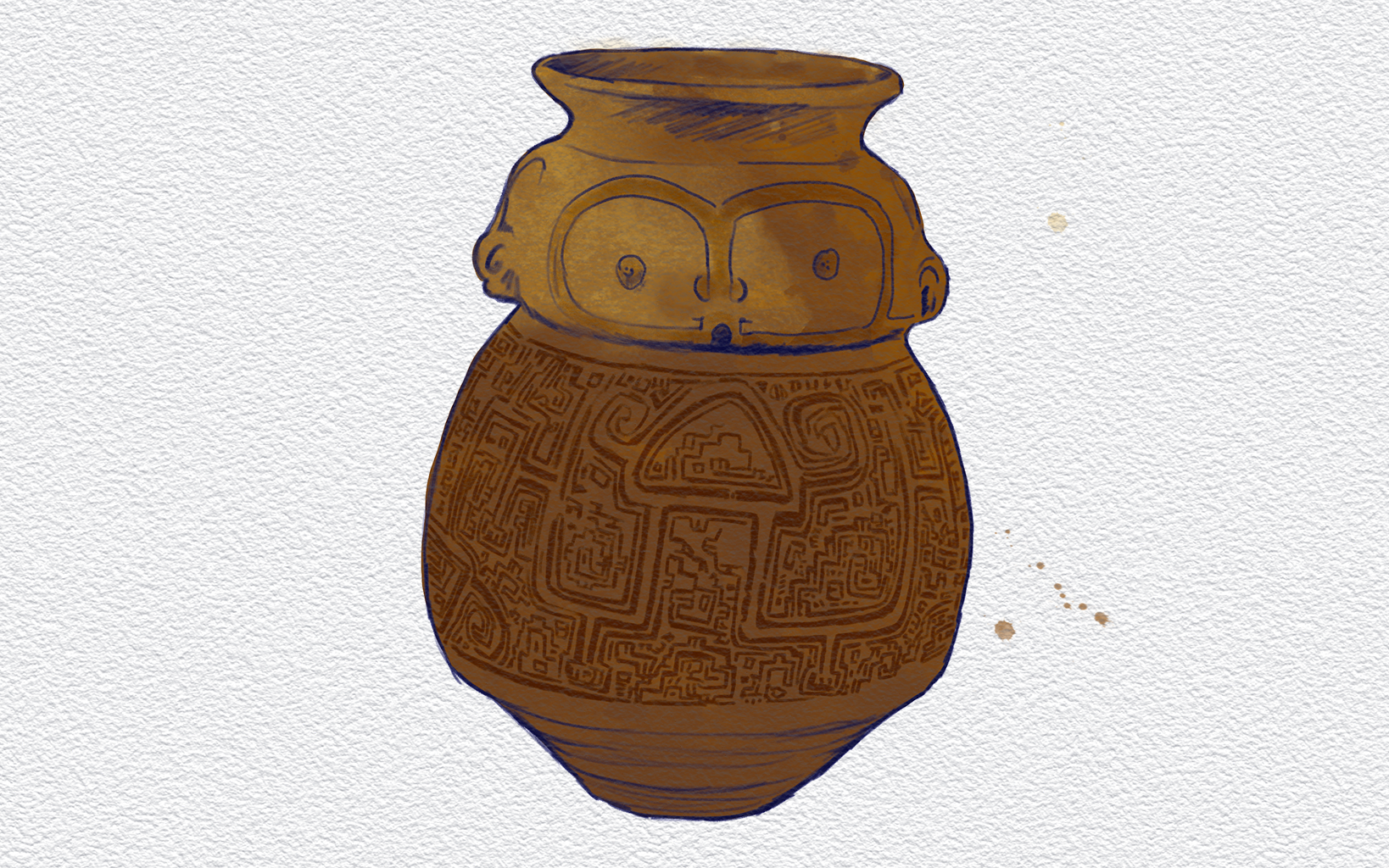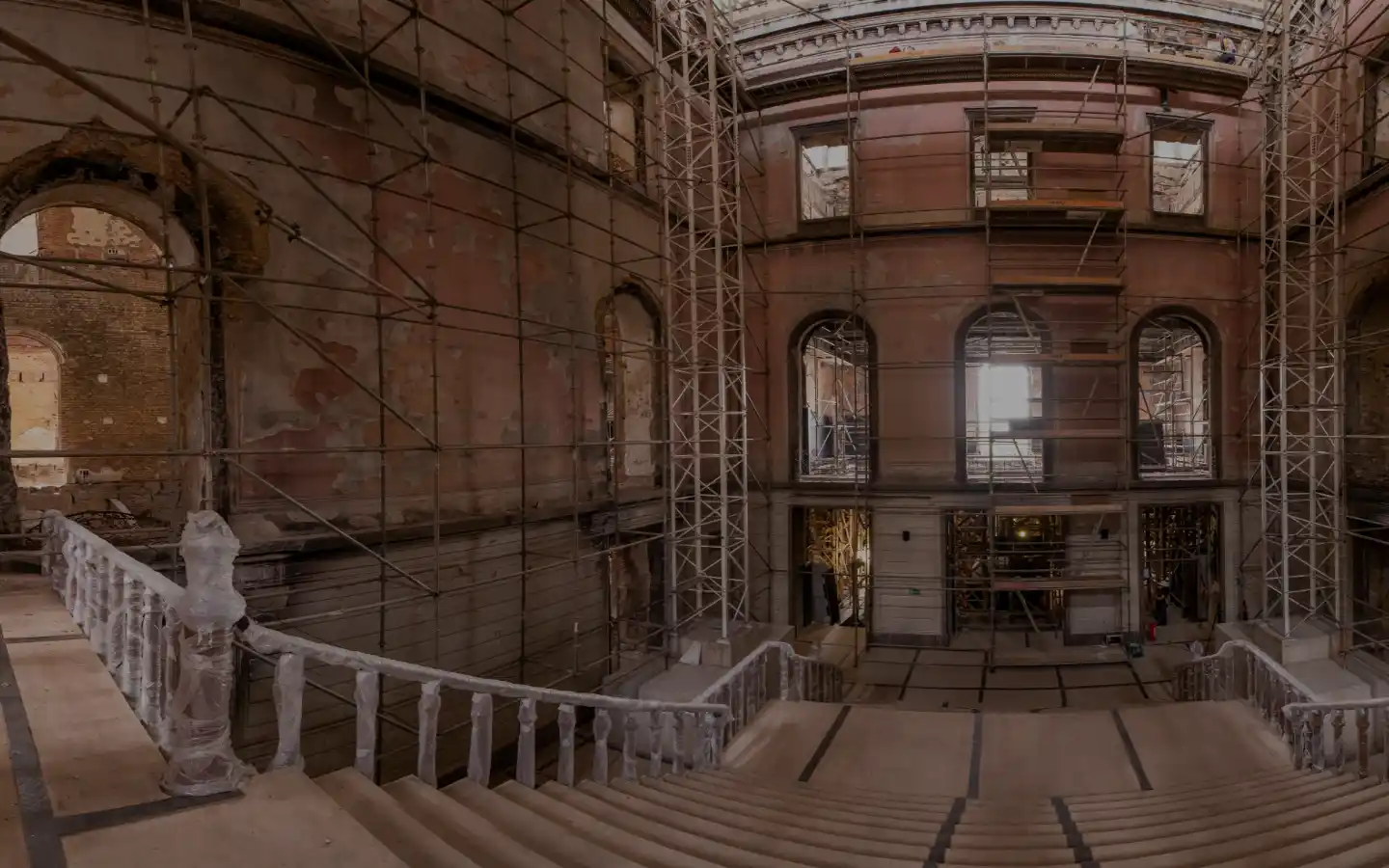Brazilian archaeological artefacts
The National Museum’s research on archaeology has contributed to gathering a rich collection since the nineteenth century. Today it is largely destroyed or modified by fire.
The museum is counting on the donation of new materials of this typology so that it can continue to present the public the great cultural and social complexity of the peoples who lived in our territory before its colonisation by Europeans. Many of the archaeological sites in which these materials are found are unknown to the public.
To achieve this, we hope to have Amazonian archaeological ceramic pieces (Marajó, Santarém, Middle Amazon River and Trombetas river), Tupi archaeological ceramic pieces, zoomorphic lithic artefacts from sambaquis, among other materials from Brazilian archaeology.
Amazonian archaeological ceramics

Among the societies that we wish to present to the public is one that produced the well-known Marajoara ceramics, like the urn that we chose to illustrate this category, which in addition to containing the typical geometric motifs – characteristic of pieces from this region – refers to the human figure.
The production of Marajoara ceramics shows us the social complexity that existed before the arrival of Europeans. Through it we can learn more about the techniques used in the period and about the dynamics of the society that produced it. This is the case of the urns, which tell us about funerary practices and provide clues concerning kinship relations, religiosity, social stratification, and other subjects.
How to Contribute
Contact: newcollections@mn.ufrj.br
